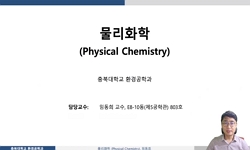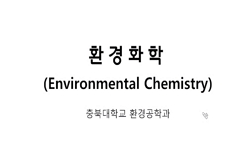In order to understand the influence of ferroxidase center on the protein assembly and solubility of tadpole ferrin, three mutant plasmids, pTH58K, pTH61G, and pTHKG were constructed with the aid of site-directed mutagenesis and mutant proteins were p...
http://chineseinput.net/에서 pinyin(병음)방식으로 중국어를 변환할 수 있습니다.
변환된 중국어를 복사하여 사용하시면 됩니다.
- 中文 을 입력하시려면 zhongwen을 입력하시고 space를누르시면됩니다.
- 北京 을 입력하시려면 beijing을 입력하시고 space를 누르시면 됩니다.



Influence of Site-Directed Mutagenesis on Protein Assembly and Solubility of Tadpole H-chain Ferritin
한글로보기https://www.riss.kr/link?id=A100966973
- 저자
- 발행기관
- 학술지명
- 권호사항
-
발행연도
1998
-
작성언어
English
- 주제어
-
등재정보
SCIE,SCOPUS,KCI등재
-
자료형태
학술저널
-
수록면
67-70(4쪽)
- 제공처
- 소장기관
-
0
상세조회 -
0
다운로드
부가정보
다국어 초록 (Multilingual Abstract)
In order to understand the influence of ferroxidase center on the protein assembly and solubility of tadpole ferrin, three mutant plasmids, pTH58K, pTH61G, and pTHKG were constructed with the aid of site-directed mutagenesis and mutant proteins were produced in Eshcerichia coli. Mutant ferritin H-subunits produced by the cells carrying plasmids pTH58K and pTHKG were active soluble proteins, whereas the mutant obtained from the plasmid pTH61G was soluble only under osmotic stress in the presence obtained from the plasmid pTH61G was soluble only under osmotic stress in the presence of sorbitol and betaine. Especially, the cells carrying pTH61G together with the plasmid pGroESL harboring the molecular chaperone genes produced soluble ferritin. The mutant ferritin H-subunits were all assembled into ferritin-like holoproteins. These mutant ferritns were capable of forming stable iron cores, which means the mutants are able to accumulate iron with such modified ferroxidase sites. Further functional analysis was also made on the individual amino acid residues of ferroxidase center.
동일학술지(권/호) 다른 논문
-
- The Korean Society for Biotechnology and Bioengineering
- Park, Oh-Jin
- 1998
- SCIE,SCOPUS,KCI등재
-
Organic Solvent and pH Induced Alteration of Product Specificity of CGTase
- The Korean Society for Biotechnology and Bioengineering
- Park, Kyo-Sun
- 1998
- SCIE,SCOPUS,KCI등재
-
Elicitation of Camptothecin Production in Cell Cultures of Camptotheca acuminata
- The Korean Society for Biotechnology and Bioengineering
- Song, Seung-Hoon
- 1998
- SCIE,SCOPUS,KCI등재
-
- The Korean Society for Biotechnology and Bioengineering
- Lee, Yong-Hyun
- 1998
- SCIE,SCOPUS,KCI등재




 ScienceON
ScienceON







